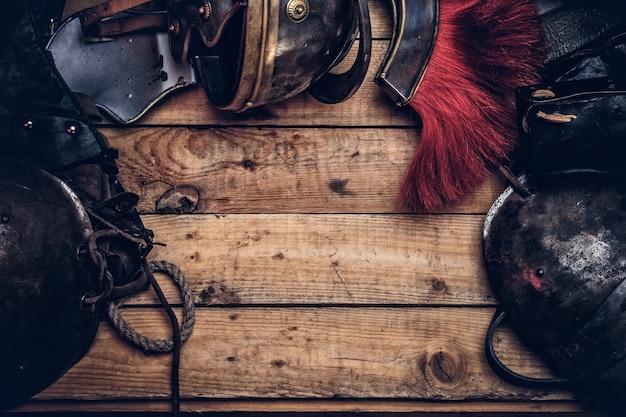Battle of Shiloh – Key Facts and Figures

The Battle of Shiloh was a turning point in the American Civil War.
Shiloh was one of the bloodiest battles in American history.
The battle took place near Pittsburg Landing, Tennessee.
The Battle of Shiloh lasted for two days, from April 6-7, 1862.
Confederate General Albert Sidney Johnston was killed during the battle.
Union General Ulysses S. Grant commanded the Union forces at Shiloh.
The Union army was caught by surprise and initially pushed back by the Confederate forces.
The Confederate forces, led by General P.G.T. Beauregard, launched a fierce attack on the first day of the battle.
The battle was named after a small church named Shiloh, which served as a meeting point for Union soldiers.
The battle was fought near the Tennessee River, which played a strategic role in the conflict.
The Battle of Shiloh resulted in heavy casualties on both sides, with over 23,000 soldiers killed, wounded, or missing.
The Union army eventually regrouped and counterattacked on the second day of the battle.
The battle marked a significant shift in strategy for General Grant, who became more aggressive in his approach.
The Confederate forces were forced to retreat after the Union counterattack.
Shiloh served as a wake-up call for both the Union and Confederate armies, highlighting the brutality and scale of the war.
The battle demonstrated the importance of well-prepared defensive positions and the devastating impact of artillery.
Battle of Shiloh – Key Facts and Figures part 2
Many soldiers on both sides were inexperienced and had never seen combat before the Battle of Shiloh.
The battle had a profound impact on the local population, as the area was ravaged and homes were destroyed.
The Battle of Shiloh demonstrated the crucial role of communication and coordination between army units.
The battle marked the first major offensive by Union forces in the Western Theater of the Civil War.
Despite the initial setbacks, the Union army’s resilience and determination led to their ultimate victory at Shiloh.
The battle forced the Confederates to abandon their plans to push further into Union territory.
The Battle of Shiloh highlighted the importance of logistics and supply lines in sustaining a large army.
The battle revealed the devastating impact of disease on soldiers, as many succumbed to illnesses such as dysentery and pneumonia.
Shiloh became a symbol of sacrifice and valor for soldiers on both sides of the conflict.
The battle resulted in significant changes in military tactics and strategies for both the Union and Confederate armies.
The Battle of Shiloh marked a turning point in public perception of the war, as Americans realized the long and bloody struggle that lay ahead.
The battle site is now a National Military Park, preserving the history and memory of the conflict.
The Battle of Shiloh showcased the bravery and heroism of individual soldiers from both sides.
The battle was a test of endurance, as soldiers fought for hours upon hours under difficult conditions.
The Battle of Shiloh was a clash of two armies, both committed to their respective causes.
The battle illustrated the devastating impact of war on civilians, as many were caught in the crossfire or forced to flee their homes.
Shiloh solidified General Grant’s reputation as a capable and determined military leader.
The Battle of Shiloh demonstrated the inherent risks of relying on inexperienced troops during a major battle.
The battle highlighted the importance of intelligence gathering and reconnaissance in modern warfare.
The Battle of Shiloh led to significant changes in medical care for soldiers, as doctors and nurses worked tirelessly to treat the wounded.
The battle witnessed several acts of extraordinary bravery, as soldiers risked their lives to save their comrades.
Shiloh became a rallying cry for both sides, representing the ultimate sacrifice made by soldiers in the name of their cause.
The Battle of Shiloh ignited a debate about the ethics and morality of war, as Americans grappled with the unprecedented scale of the conflict.
The battle showcased the devastating power of artillery and the importance of its proper deployment.
The battle proved that determination and resilience could overcome initial setbacks and lead to victory.
Shiloh highlighted the role of military leadership in coordinating and inspiring troops during the chaos of battle.
The Battle of Shiloh forever changed the lives of those who experienced it, leaving scars that lasted long after the war ended.
The battle served as a grim reminder of the human cost of war, with death and destruction on an unimaginable scale.
Shiloh remains a testament to the bravery, sacrifice, and tragedy of the American Civil War.